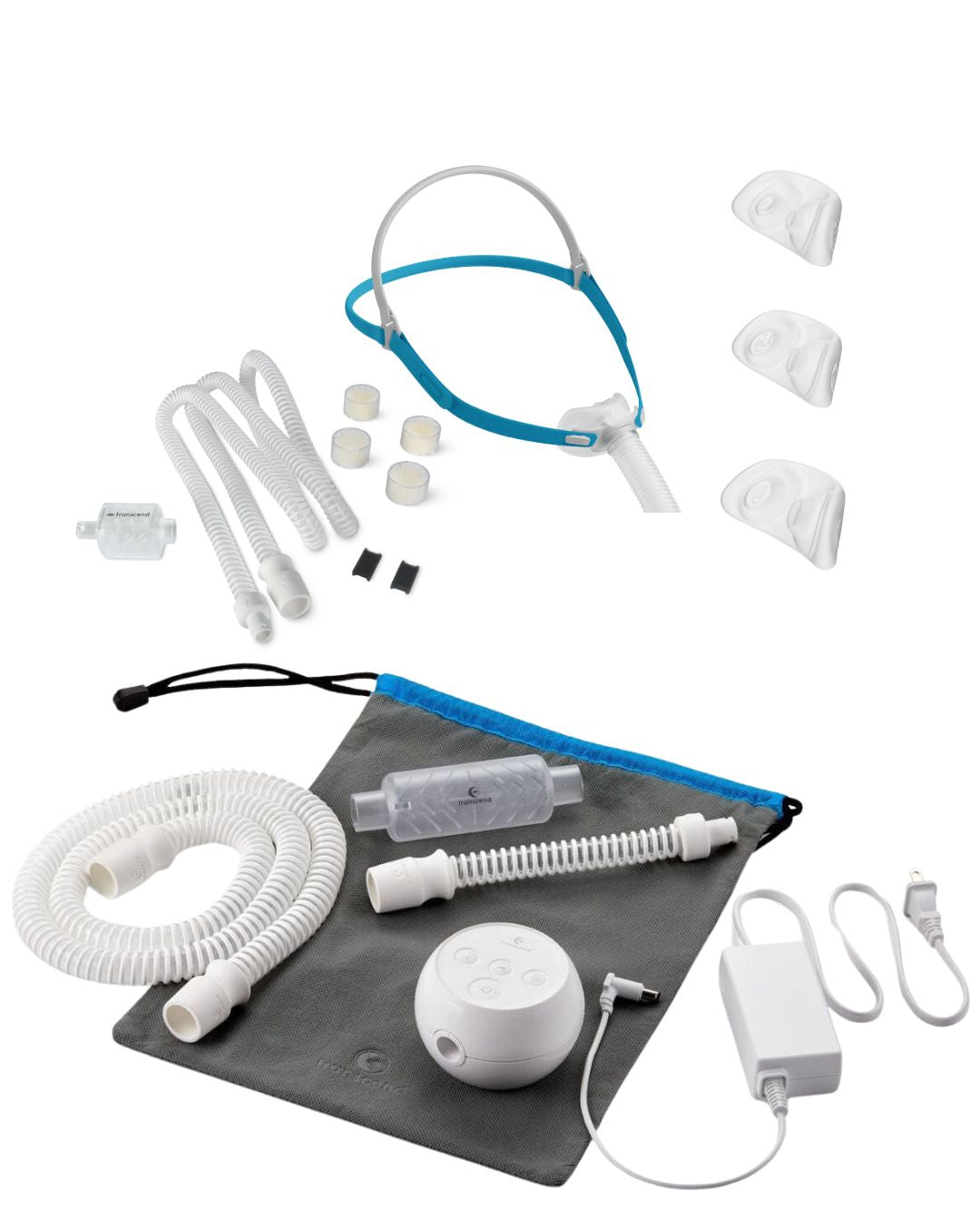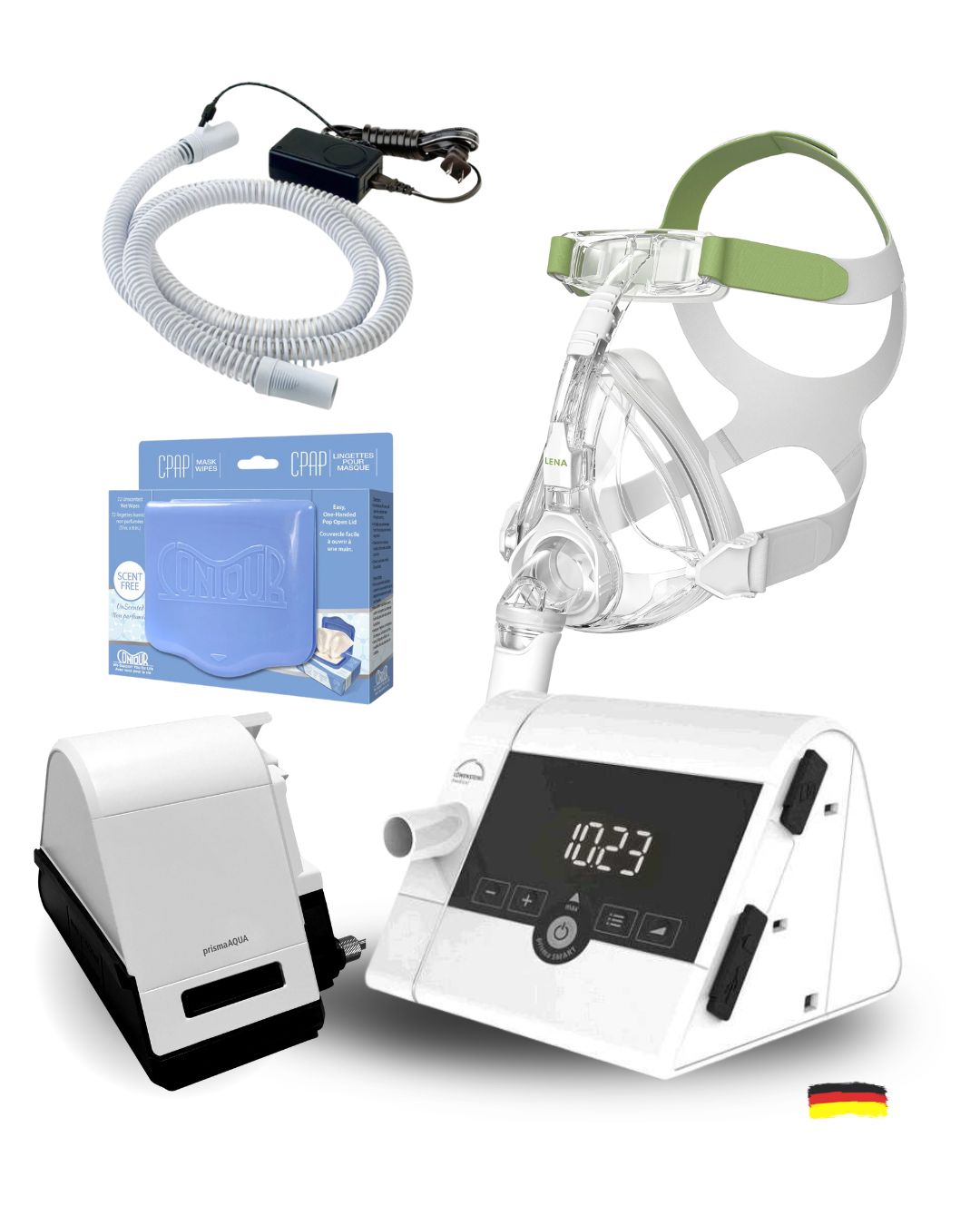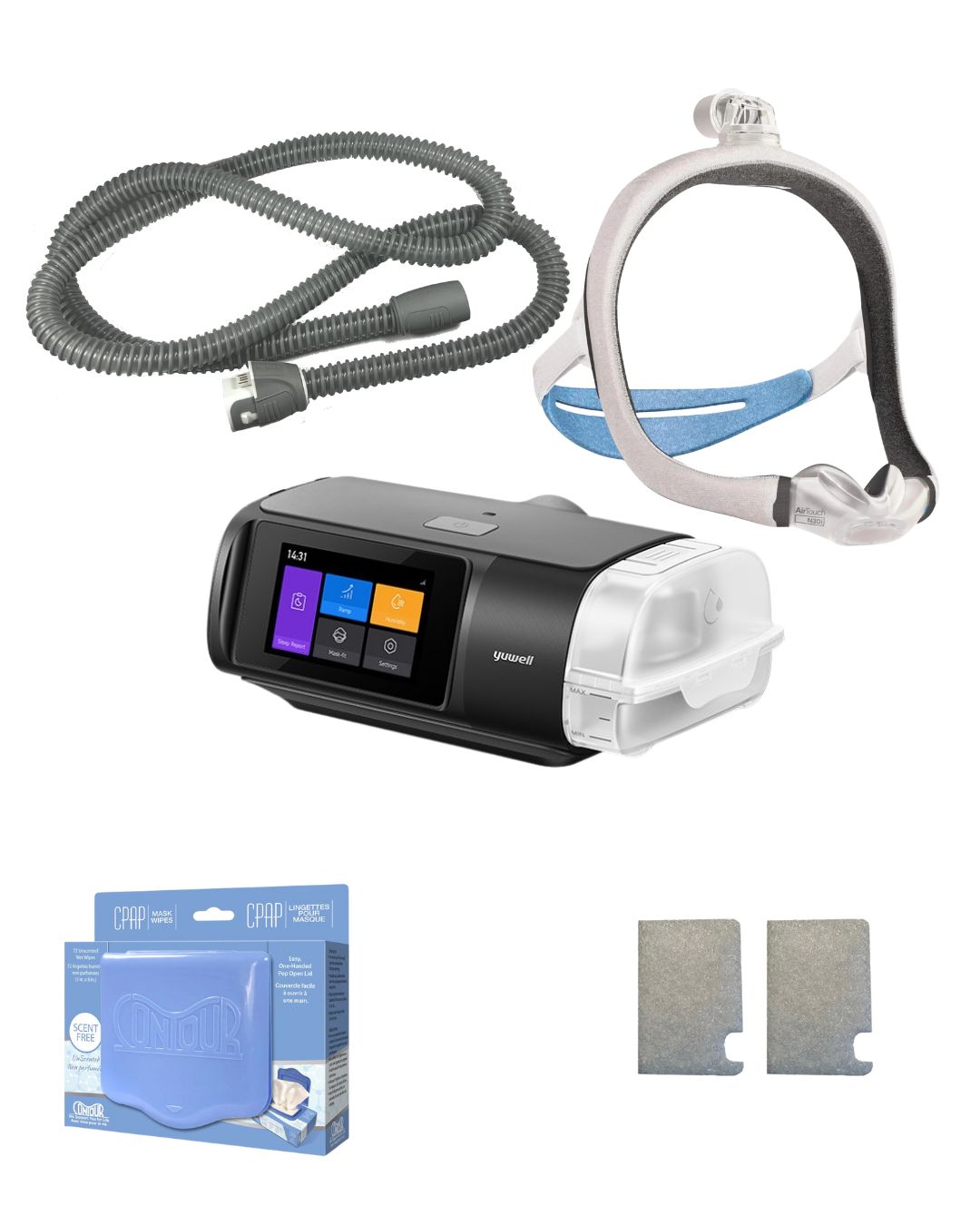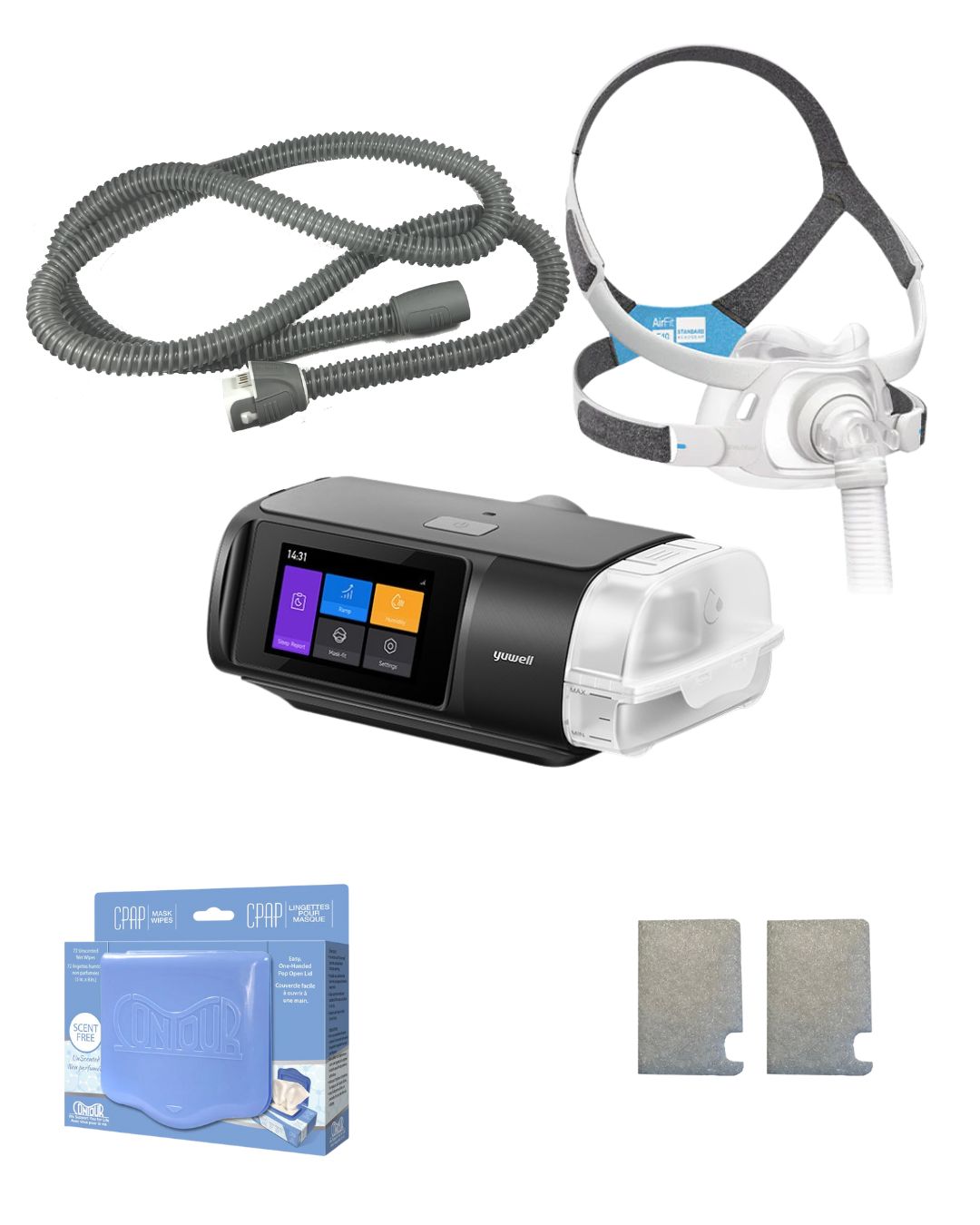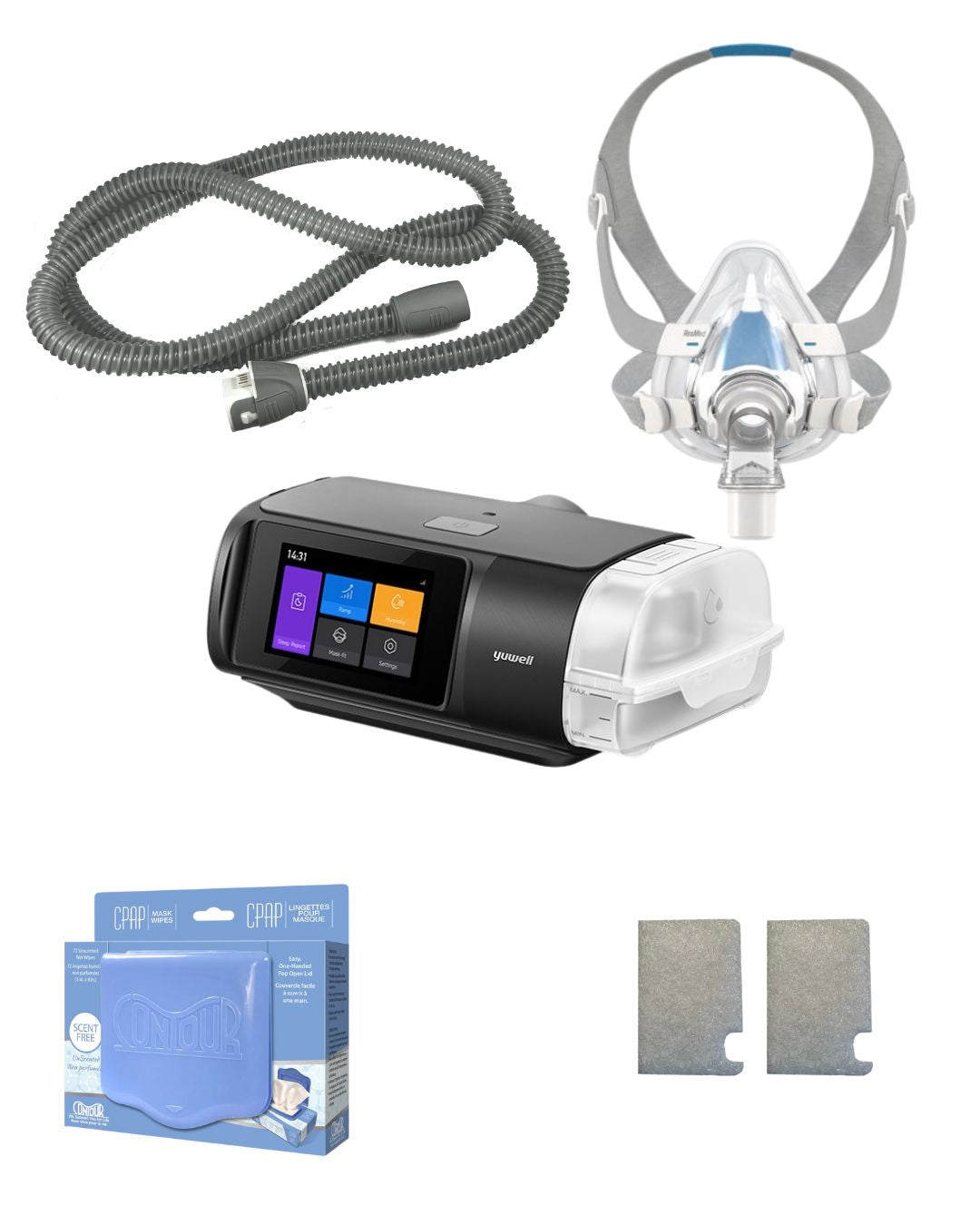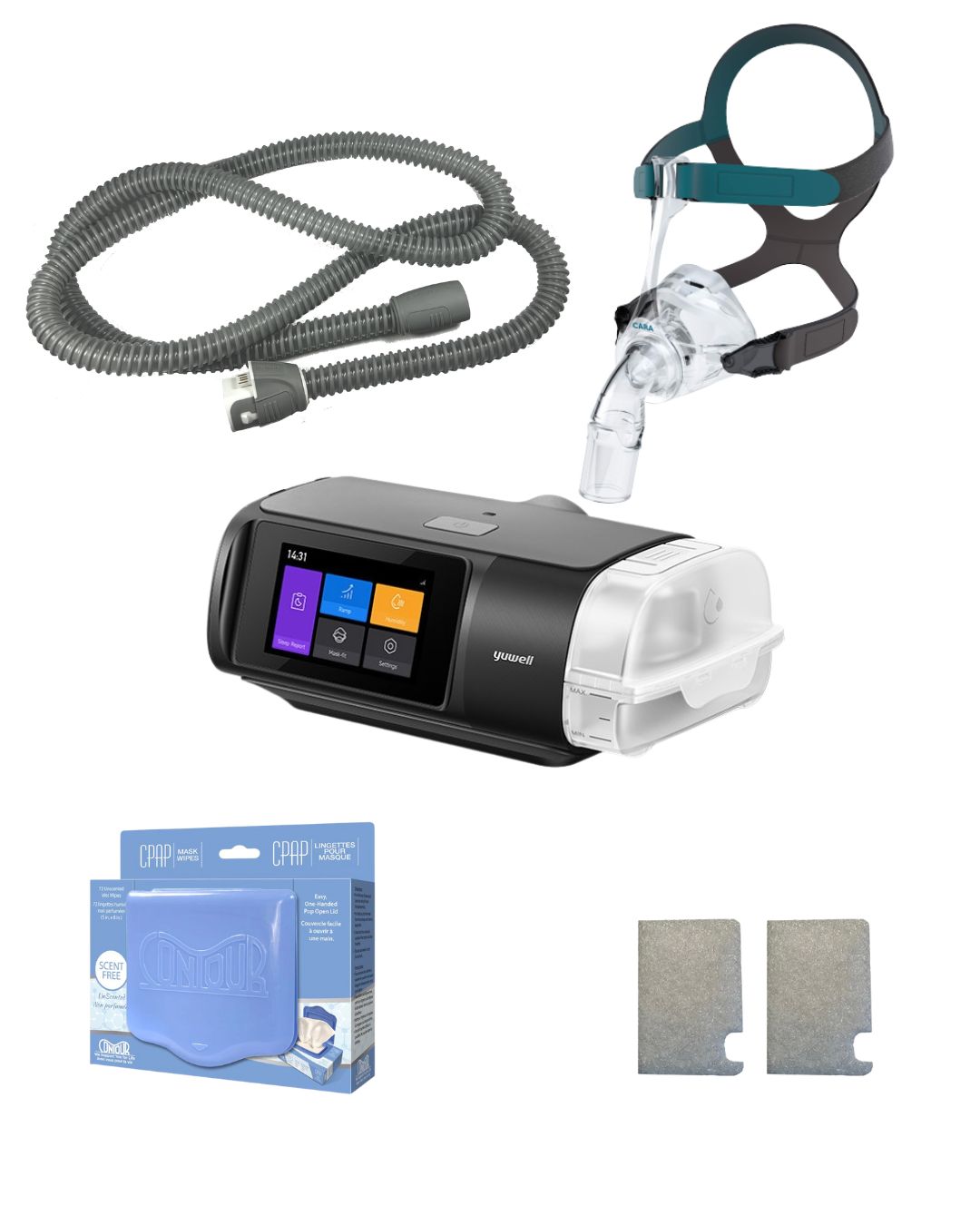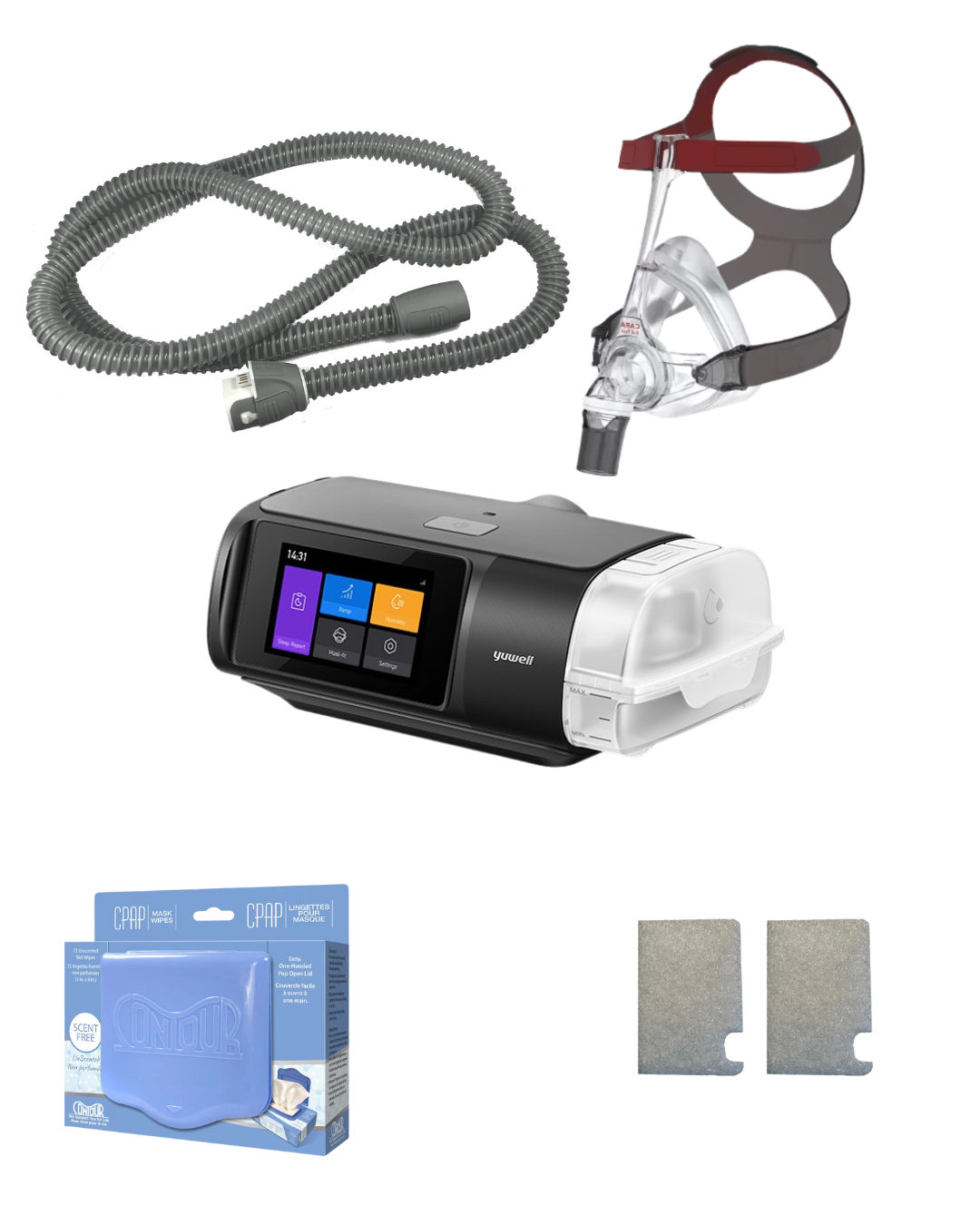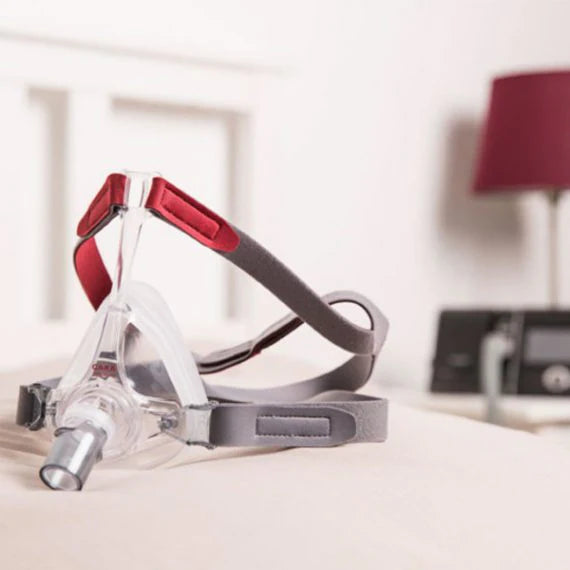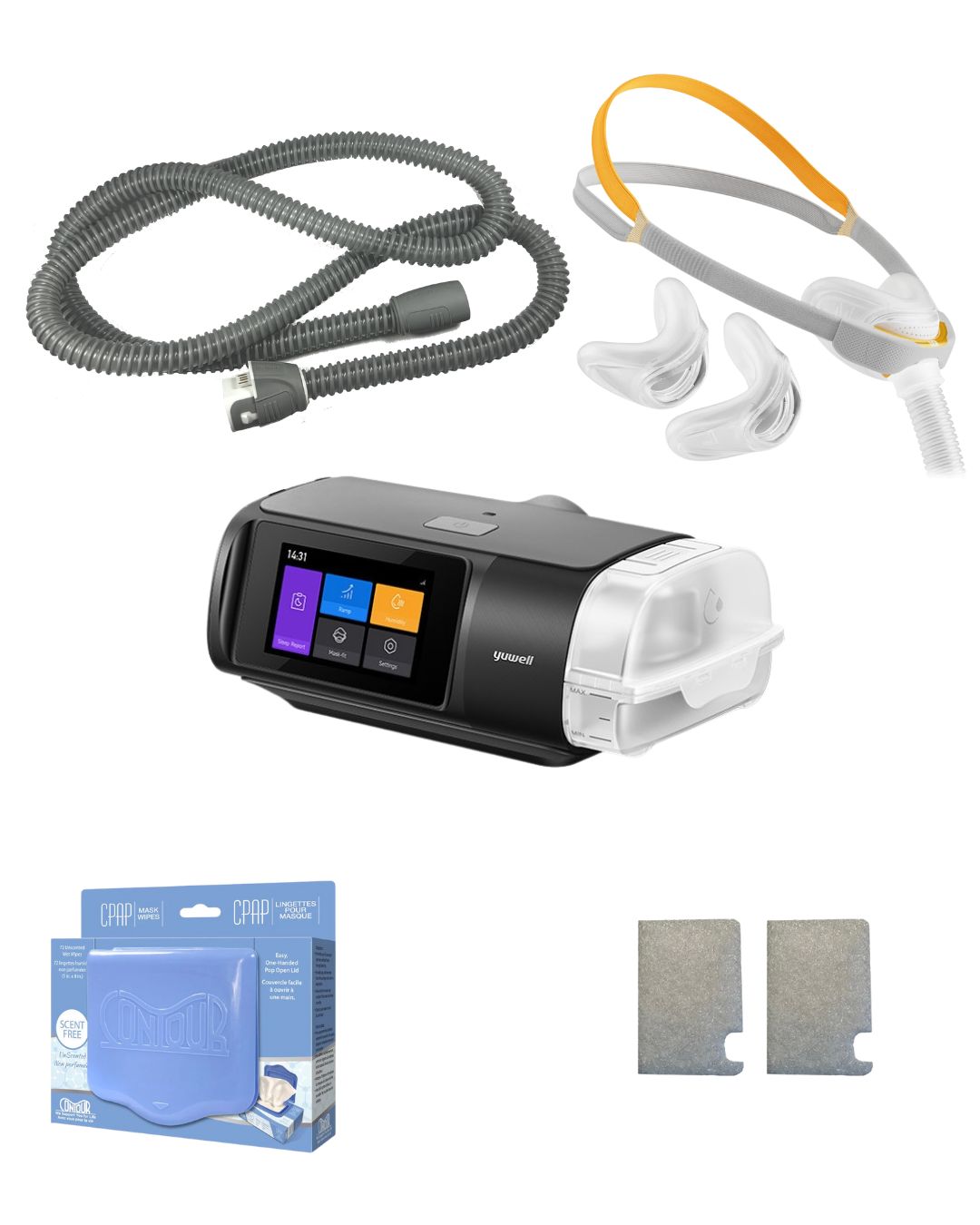🫁 A Simple Experiment - Think 3% drop in oxygen isn't much?
Want to put this into perspective? If you don't have severe cardiopulmonary illnesses, try this at home:
- Place an oximeter on your finger and let the tracing stabilize.
- Hold your breath—without filling your lungs—for as long as you can.
- Watch your oxygen. Did it even nudge 2%? Maybe it fluctuated up or down 1%.
- Now check your heart rate—did it spike? Are you feeling that adrenaline surge?
👉 Try again. See if you can push your oxygen down by 3% or more. Chances are, you’ll pass out before you get there. This is because the main drive to breathe is Carbon Dioxide, not oxygen.
Now imagine your body going through drops like this hundreds of times per night. Every event = adrenaline, fight-or-flight, residual stress.
Oxygen saturations are not linear. Below 90% saturation, the content of oxygen heavily reduces, which reduces the total supply to your body, while being in stress and having your vital organs increase their metabolic rate requiring more oxygen.
It’s no wonder patients with untreated sleep apnea feel exhausted, foggy, and “not themselves.”
What we can guarantee is that if those events were occuring while we are awake, we would do anything to make it stop as it would cause us to be irritable, havea headache and be in a foul mood.






